Two bifolia of unrecorded Patristic text in Byzantine Greek script, with red initials. C12th Possibly Constantinople.
£18,000.00
Two bifolia of unrecorded Patristic text in Byzantine Greek script, with red initials. C12th Possibly Constantinople.
Two fragmentary bifolia, each showing parts of two conjoined leaves from a 13th century codex professionally written Greek in minuscule script on parchment, each bifolium measuring 26 cm in height and 31 cm in width at the extremities.
The content is potentially Biblical, or a sermon, treatise, or commentary by a Patristic author. Such phrases as καὶ σὲ διασώζει appear (‘and he preserves/saves you’), the latter verb a dozen times in the New Testament, but none are this text; together with τρυφῆς ἀπολαύων (‘abstaining from luxury’) which appears three times in Joannes Chrysostomus, but none are this text.
On one side of one leaf and a half side of another is the ‘Transfer of the Relics of the Holy Hieromartyr Igantius the God-bearer. This is the service of the Eastern Church for the 29th January and begins;
VESPERS
Blessed be our God, always, now and ever, and unto the ages of ages. Amen.
Come, let us worship and come before our King God.
Come, let us worship and come before Christ, our King God.
Come, let us worship and come before this Christ, our King and God.
The original codex contained pages consisting of a single column of writing with long lines containing 40-42 lines per column, with the written area about 21 cm x 12.5 cm. The larger bifolium contains the better part of the first page and almost the entirety of the second, conjoined page, both pages preserved to the full original height of 40-42 lines. In the smaller bifolium almost the entirety of the first page preserved to its full original height of 40-42 lines (with only the very beginnings of the lines lost in the top ¾ of the page and the lines preserved to their full length in the lower ¼); the top half the second page is preserved with only the final few letters of the lines missing. In both bifolia there are a horizontal series of holes in the center separating the conjoined pages where the stitching of the original binding passed through (thus not where there was any writing), and several further holes and some fading especially at the edges obscuring the writing, but the writing is generally legible where preserved.
The text exhibits the usual letter-shapes, ligatures, and abbreviations of the period, together with frequent blank spaces at the ends of passages and enlarged letters with rubrication (red ink) at the beginnings of some passages. There is no foliation in the upper or lower margins, which are preserved to their original height; there are a few Greek letters in later hands scrawled in the lower margins, which are also preserved to their original edges.
It is fair to say that the single column format with long lines (as here) is a feature of book production older than the double column format that emerged as frequent and popular in the 13th century, especially for books with Bible or Biblical-related content. As such, this MS may have been rather early in the period, retaining a format reminiscent of an earlier style in book production. In addition, the shape of the codex and its pages, being roughly twice as tall as broad, is a format which, although not unexampled, is certainly in the minority for books of this period and is therefore somewhat eccentric in its dimensions. An origin in a monastic copying center like Mt. Athos or Constantinople is to be suspected.
Be the first to review “Two bifolia of unrecorded Patristic text in Byzantine Greek script, with red initials. C12th Possibly Constantinople.” Cancel reply
Product Enquiry
Related products
C12th - C13th manuscripts
C12th - C13th manuscripts
C12th - C13th manuscripts
Beautiful painted white vine initial, Augustine’s Commentary on John’s Gospel, Italy C12th
C12th - C13th manuscripts
Pseudo-Jerome (perhaps Augustine) Commentary on Psalm 59, Italy pre-1180
C12th - C13th manuscripts
C12th - C13th manuscripts
C12th - C13th manuscripts
C12th - C13th manuscripts

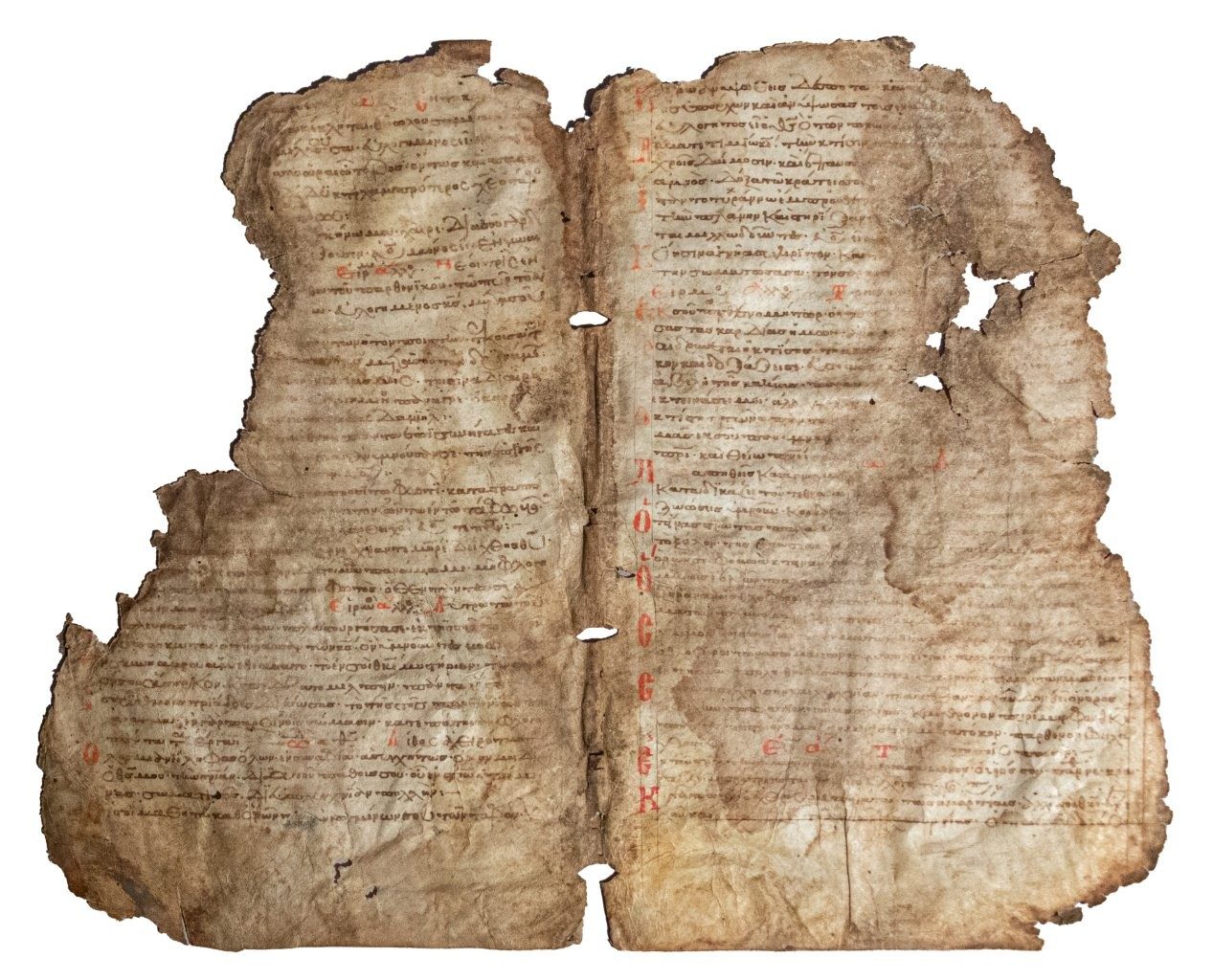
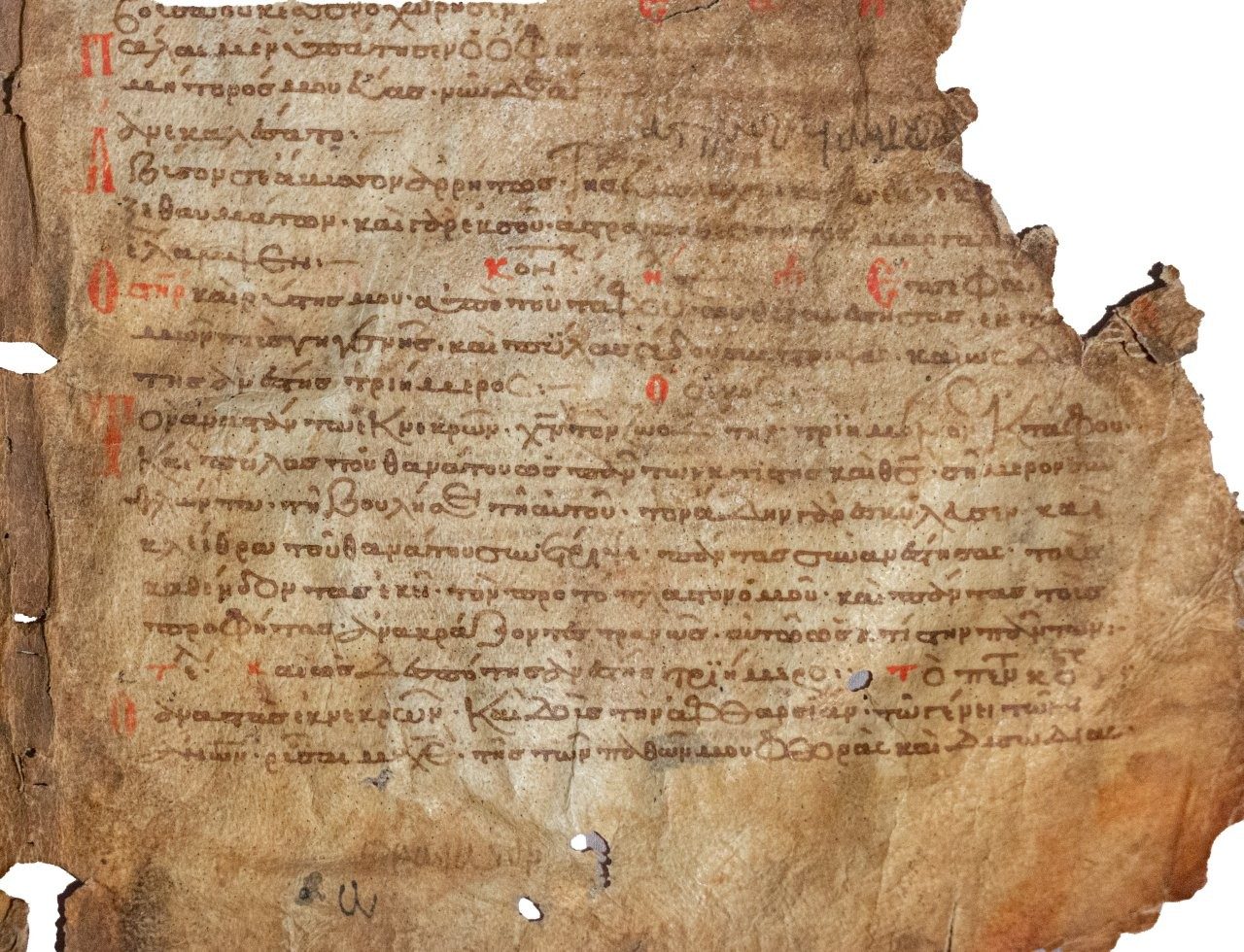
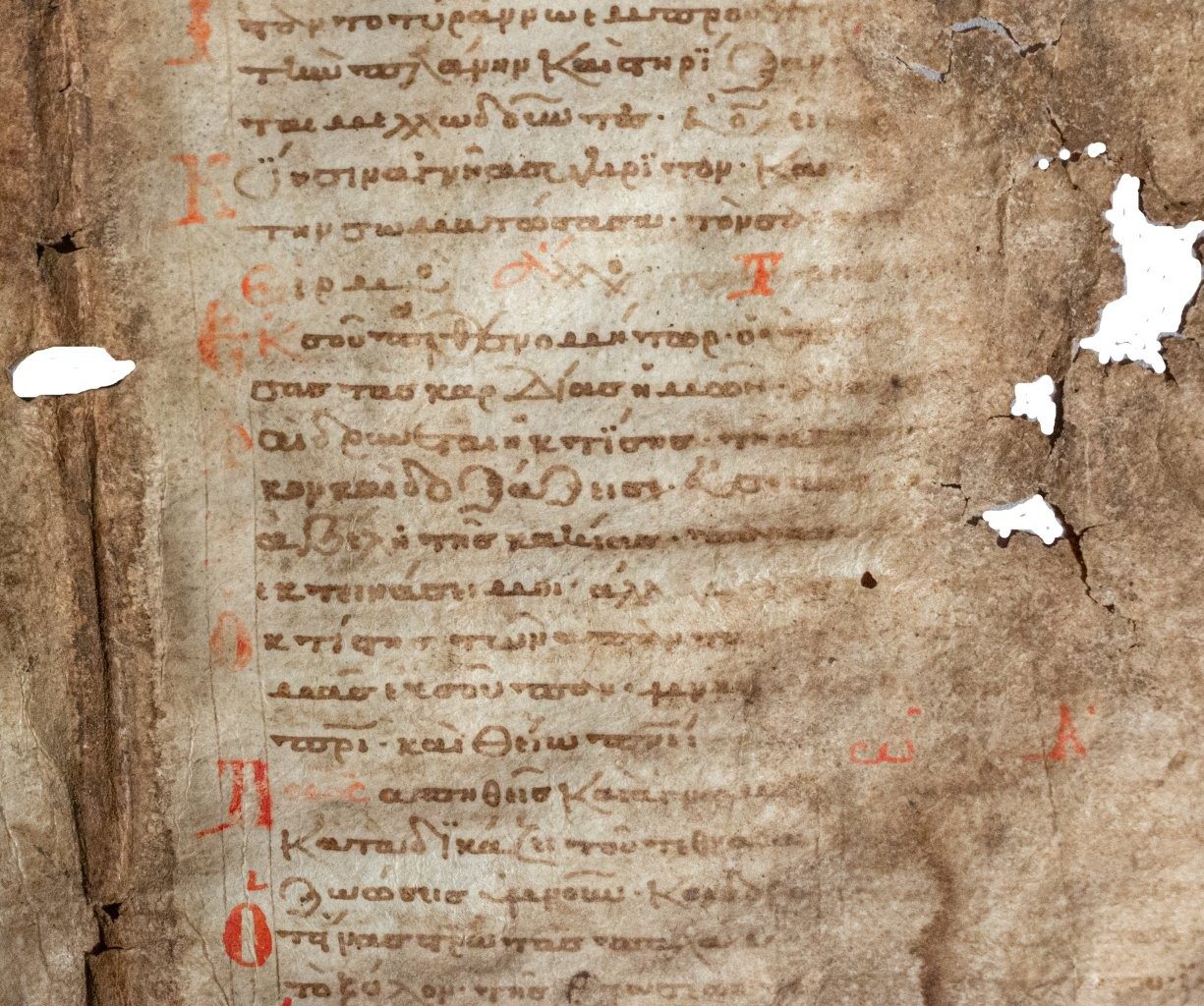
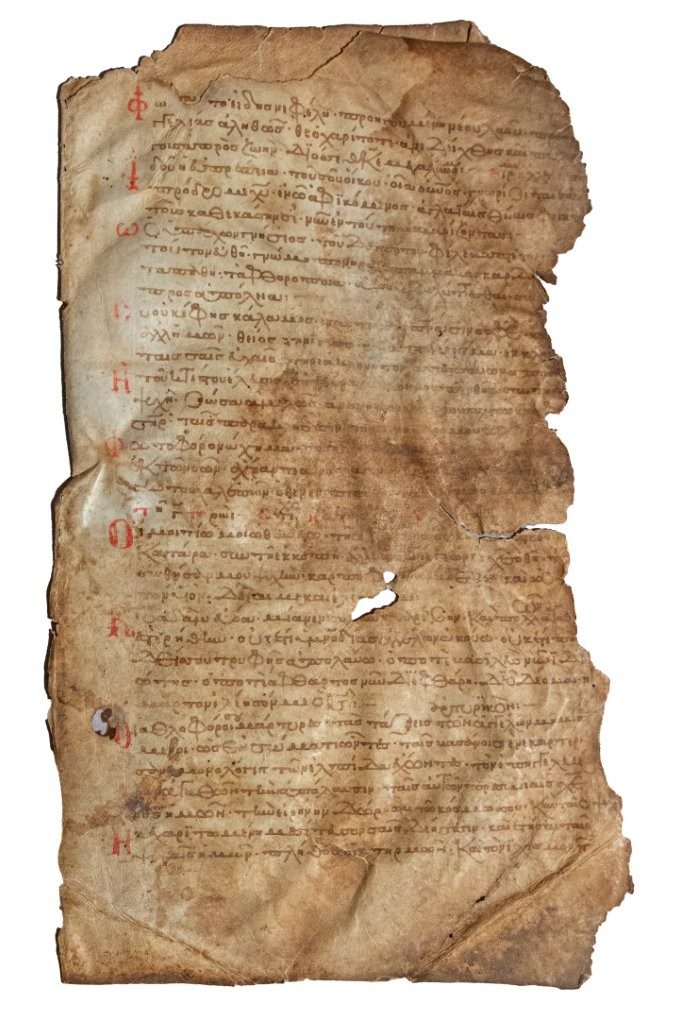
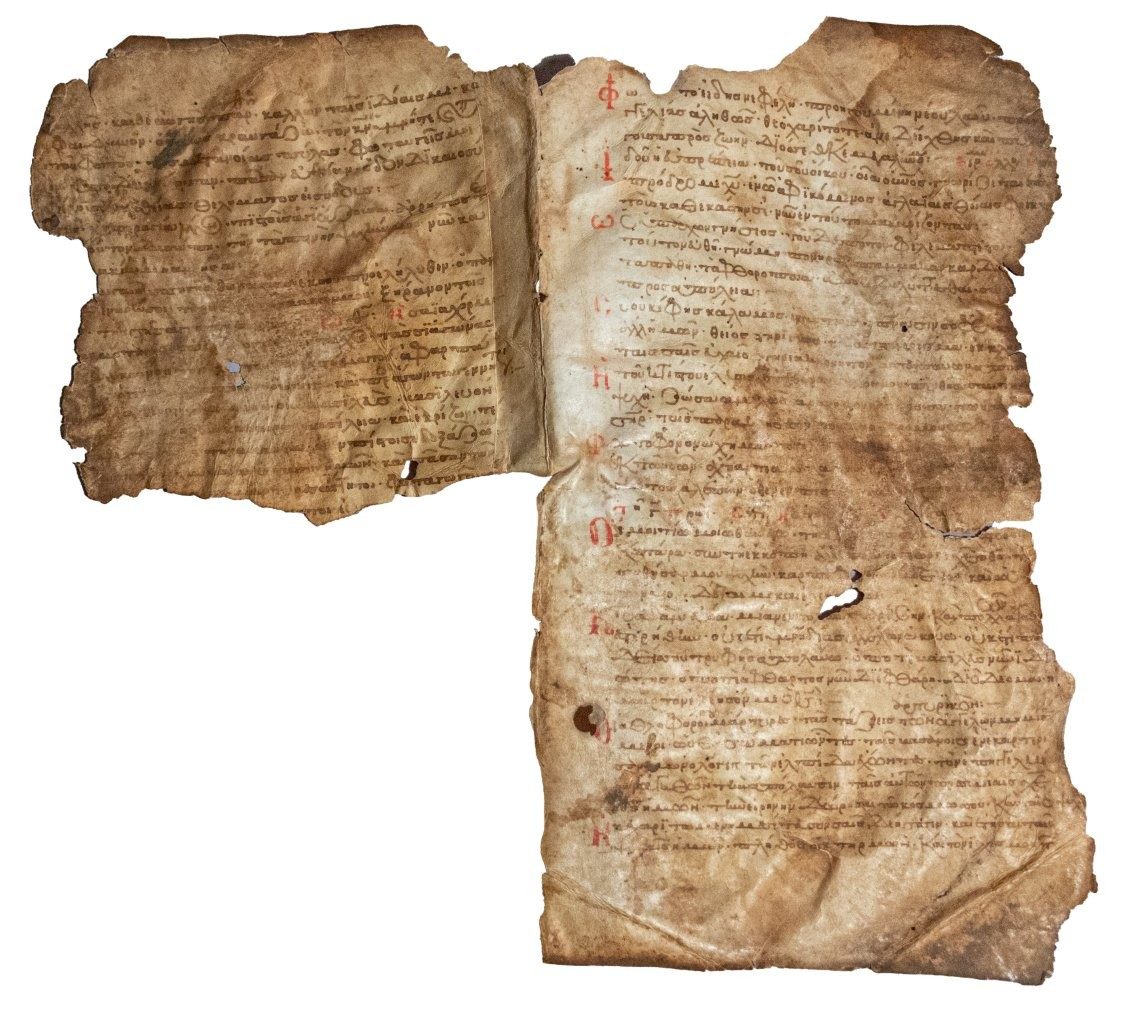
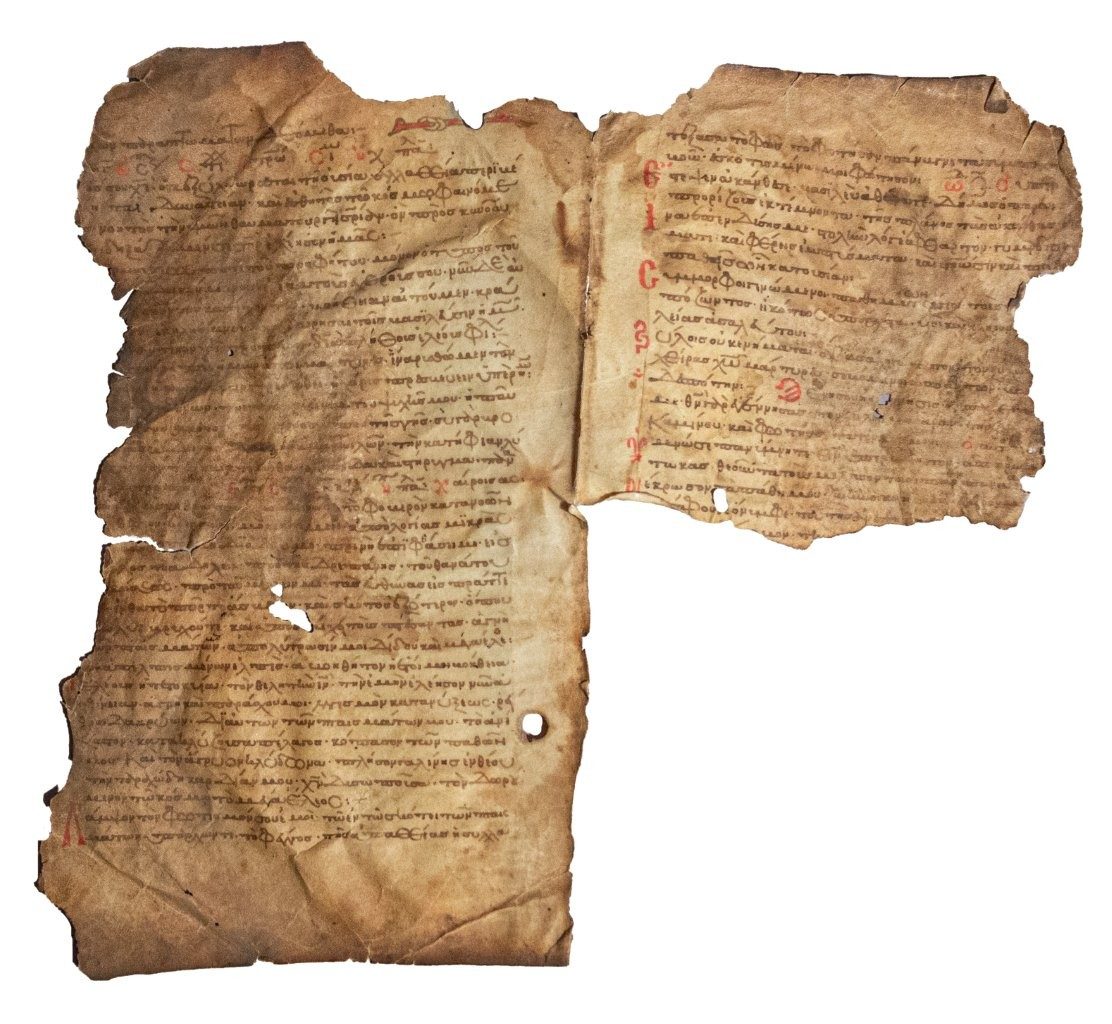
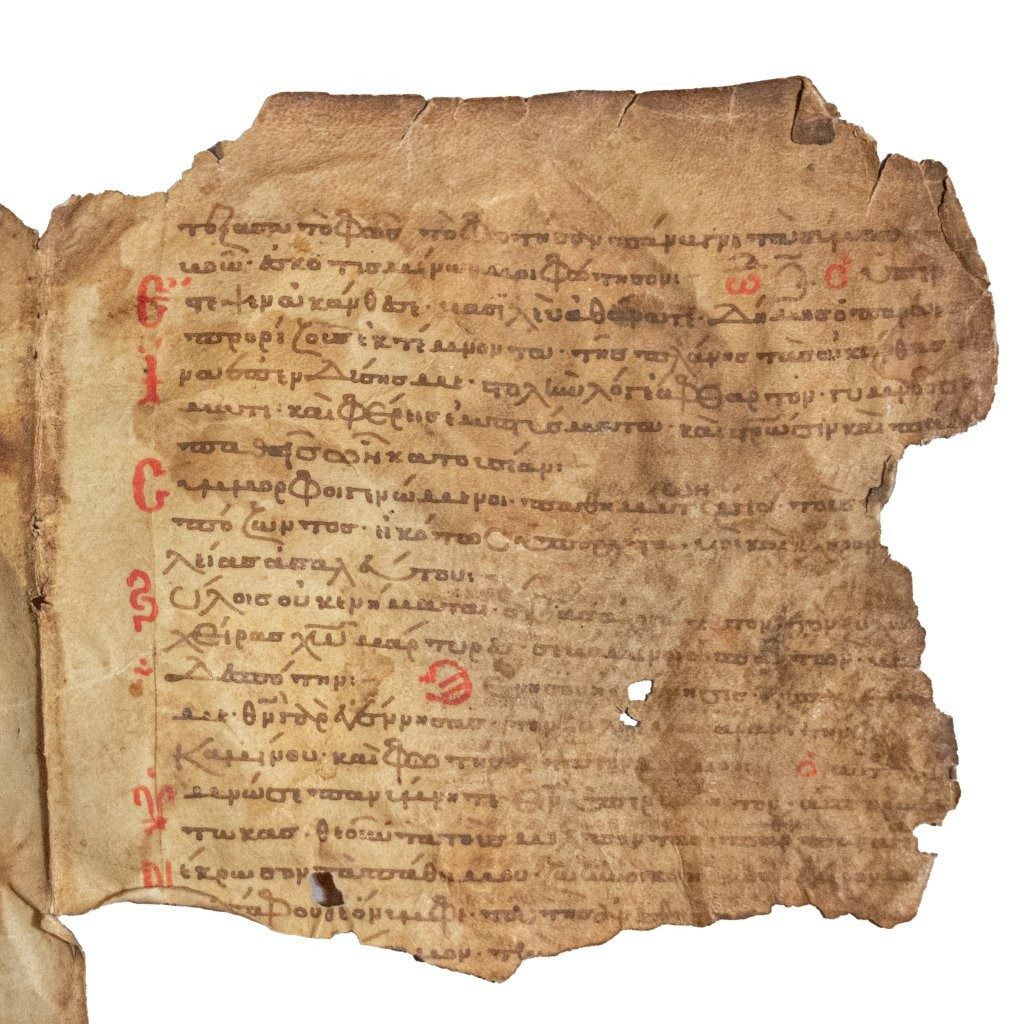
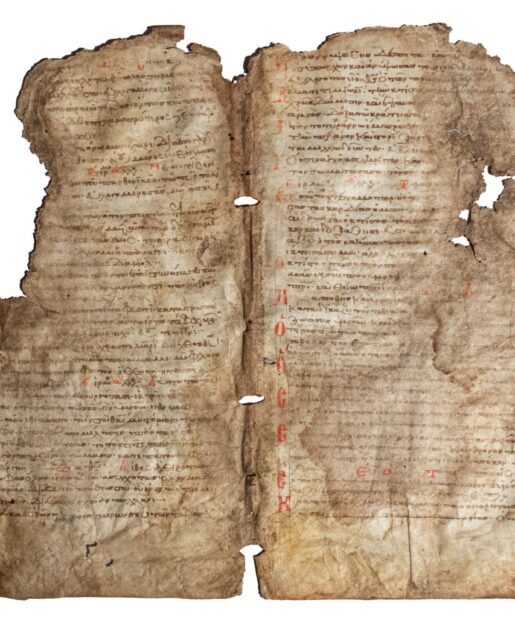
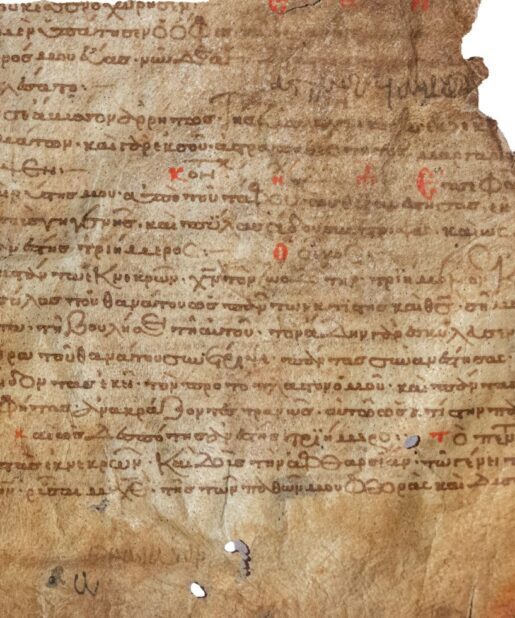

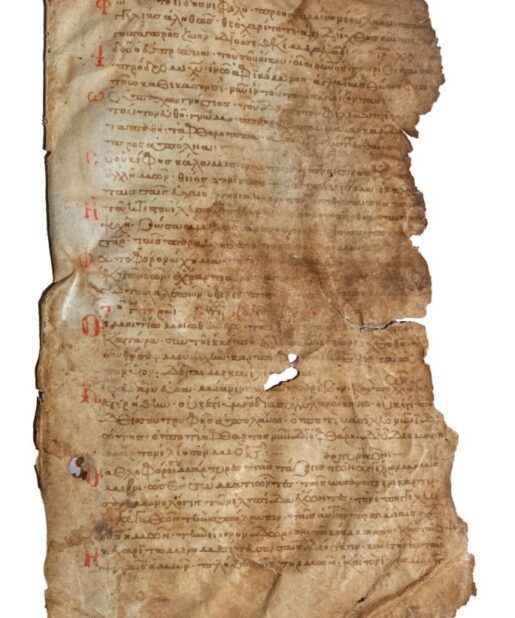
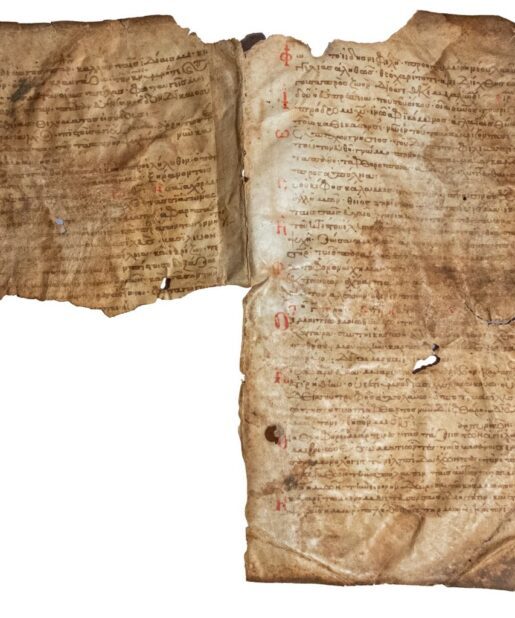

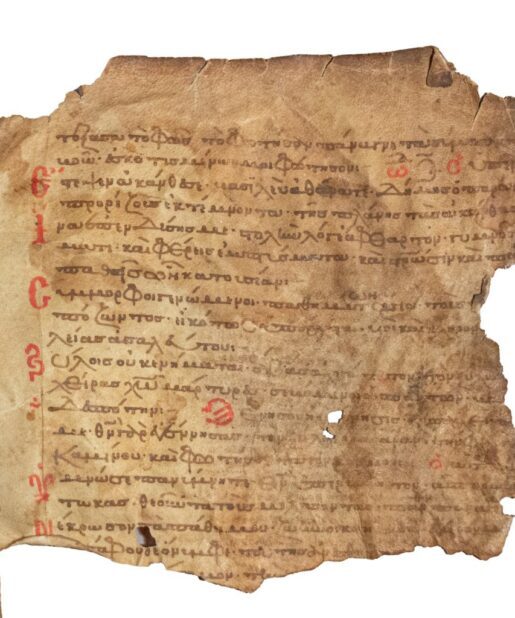
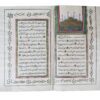
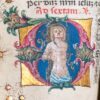
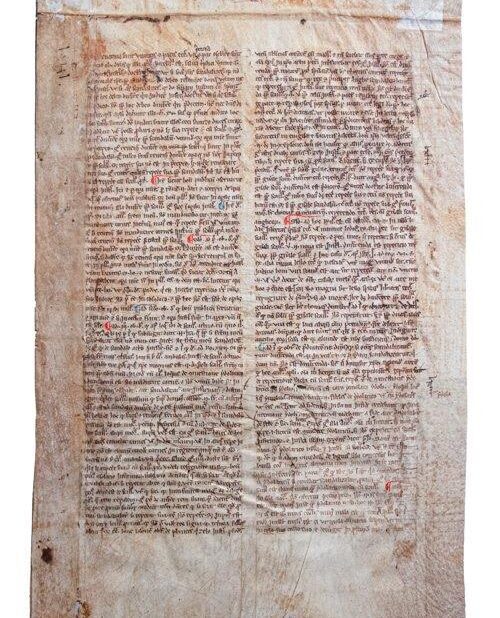
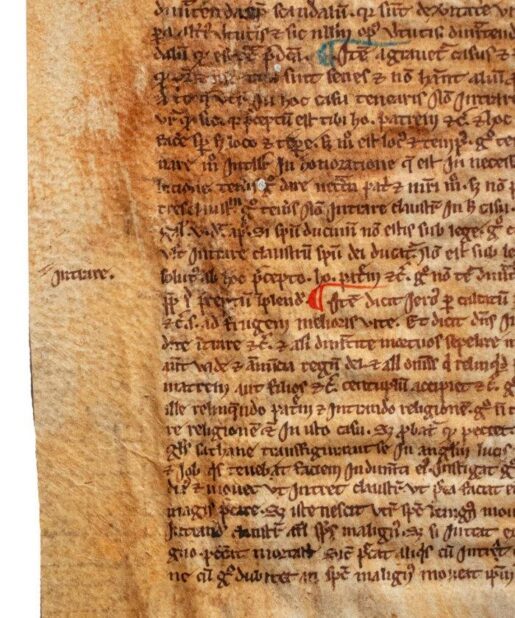
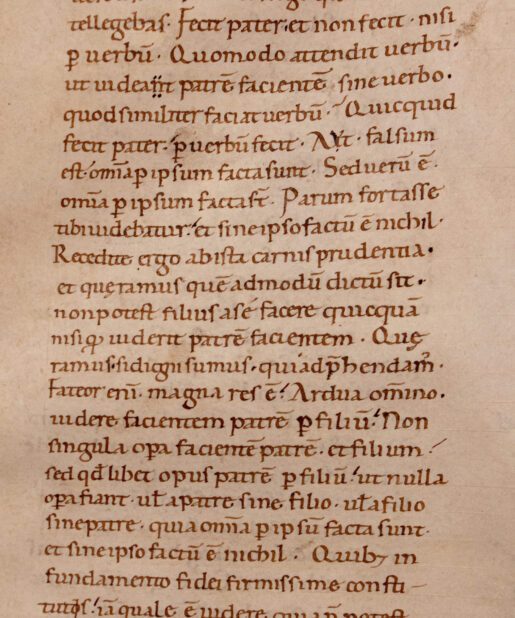
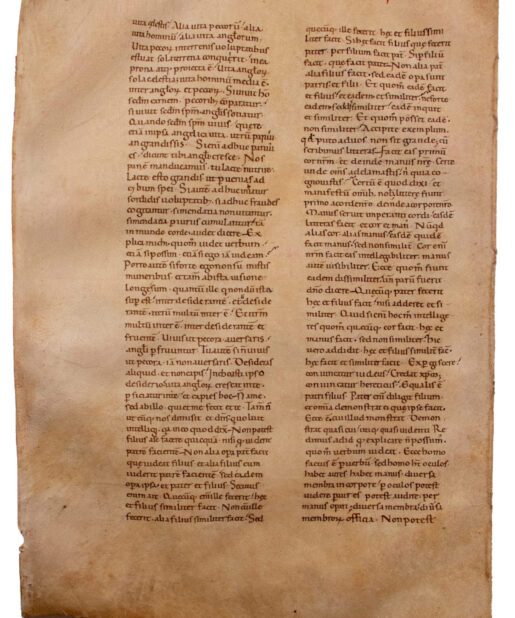
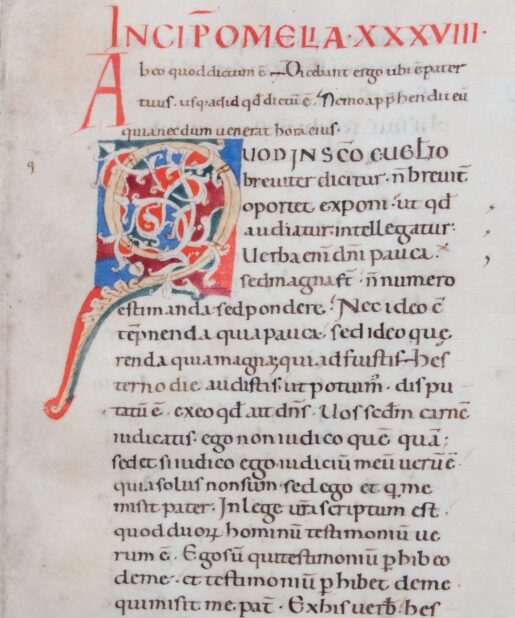
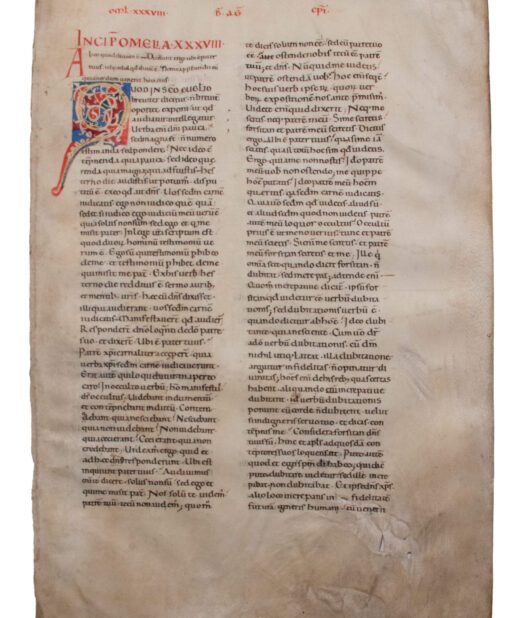
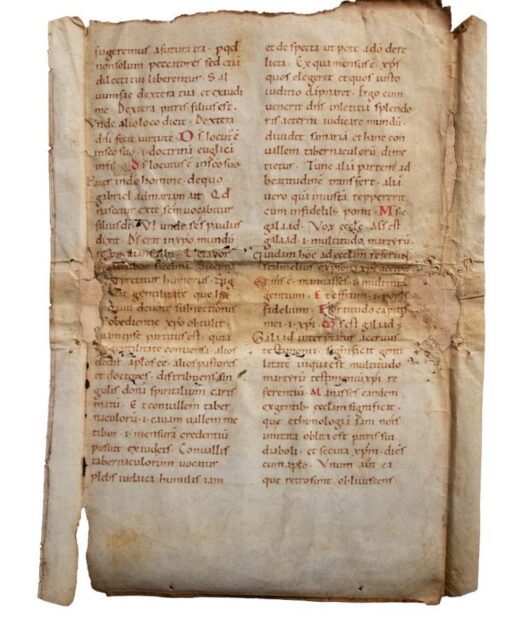
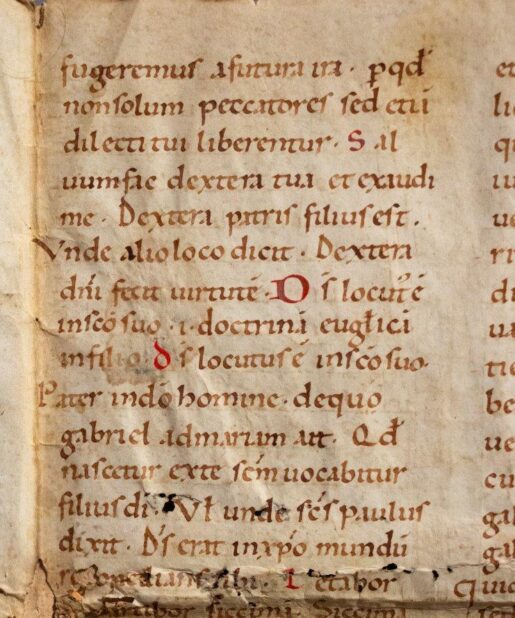
![Two leaves from a Ferial Psalter, in Latin, decorated manuscript on vellum [Germany, mid-13th century] Two leaves from a Ferial Psalter, in Latin, decorated manuscript on vellum [Germany, mid-13th century]](https://butlerrarebooks.co.uk/wp-content/uploads/2024/09/IMG_1174-515x618.jpg)
![Two leaves from a Ferial Psalter, in Latin, decorated manuscript on vellum [Germany, mid-13th century] Two leaves from a Ferial Psalter, in Latin, decorated manuscript on vellum [Germany, mid-13th century]](https://butlerrarebooks.co.uk/wp-content/uploads/2024/09/IMG_1172-515x618.jpg)
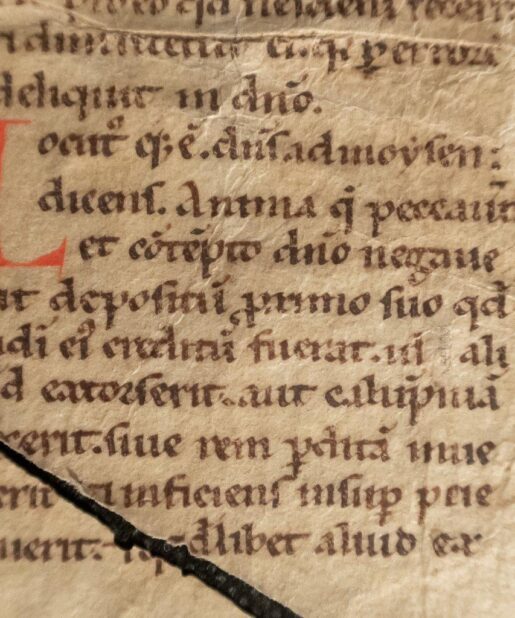
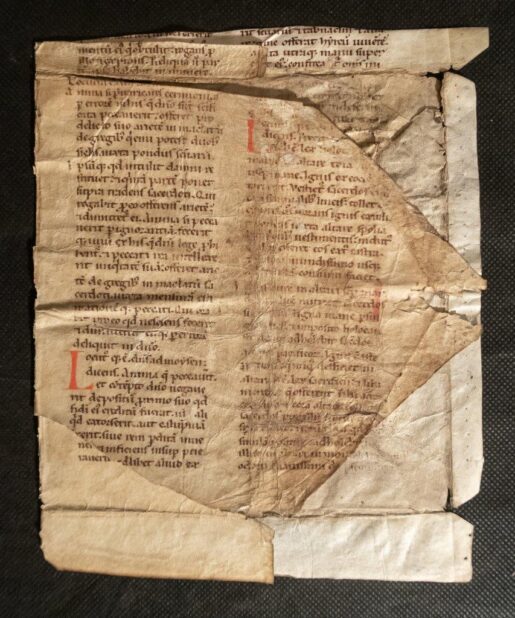
![Two leaves from a Ferial Psalter, in Latin, decorated manuscript on vellum [Germany, mid-13th century] Two leaves from a Ferial Psalter, in Latin, decorated manuscript on vellum [Germany, mid-13th century]](https://butlerrarebooks.co.uk/wp-content/uploads/2025/03/IMG_1173-515x618.jpg)
![Two leaves from a Ferial Psalter, in Latin, decorated manuscript on vellum [Germany, mid-13th century] Two leaves from a Ferial Psalter, in Latin, decorated manuscript on vellum [Germany, mid-13th century]](https://butlerrarebooks.co.uk/wp-content/uploads/2025/03/IMG_1174-515x618.jpg)
![St James Preaching in an historiated initial on a leaf from a Bible in Latin [Paris, late 13th or early 14th century] St James Preaching in an historiated initial on a leaf from a Bible in Latin [Paris, late 13th or early 14th century]](https://butlerrarebooks.co.uk/wp-content/uploads/2022/02/IMG_2254-2-515x618.jpg)
Reviews
There are no reviews yet.